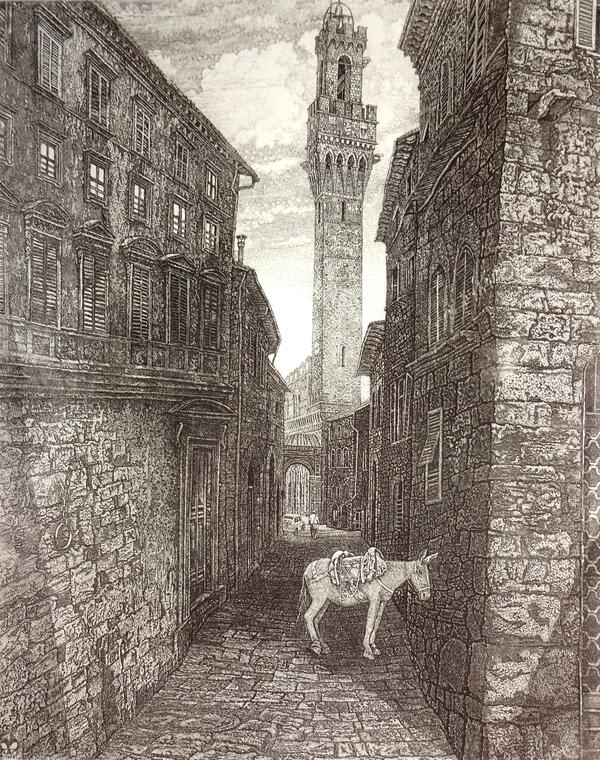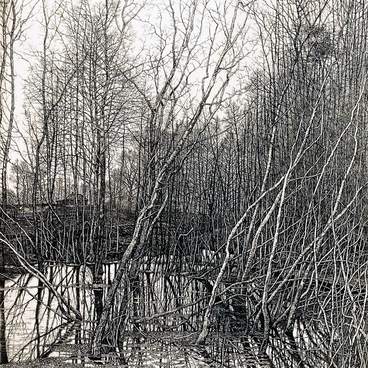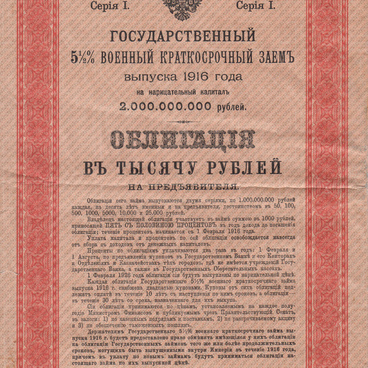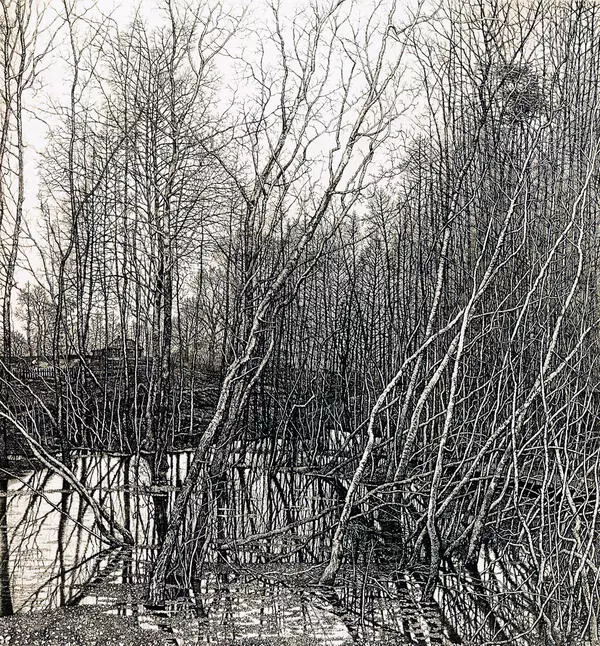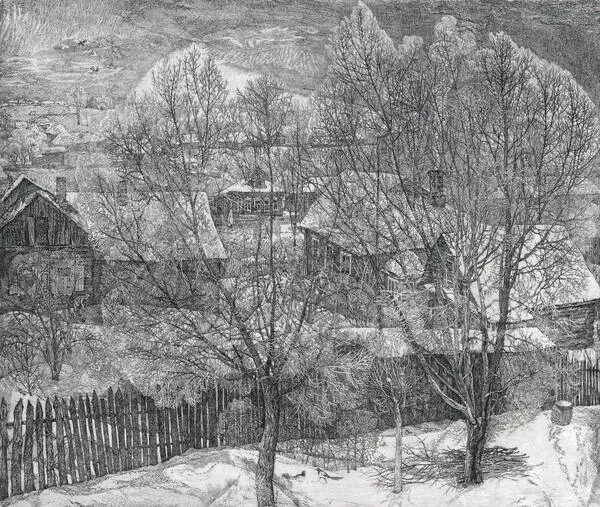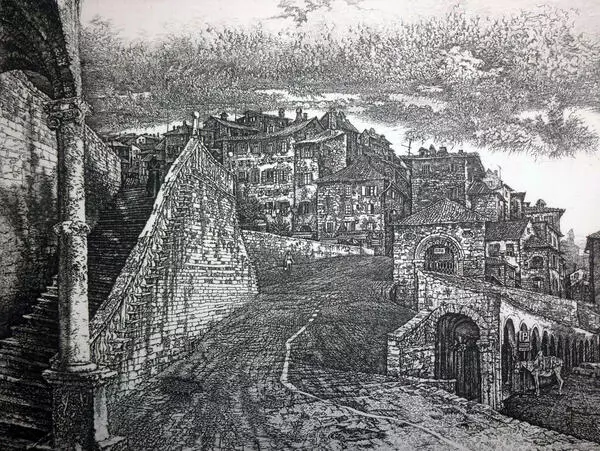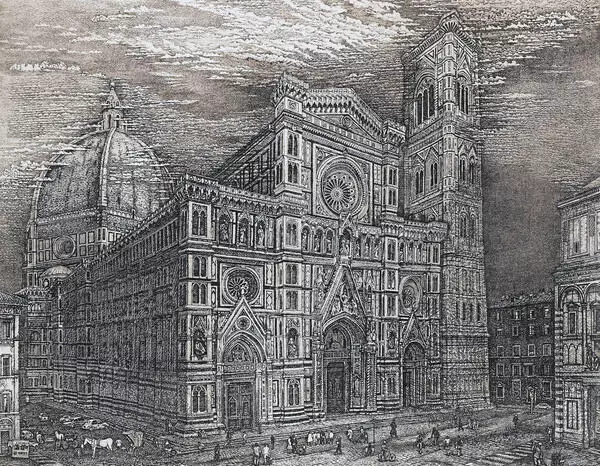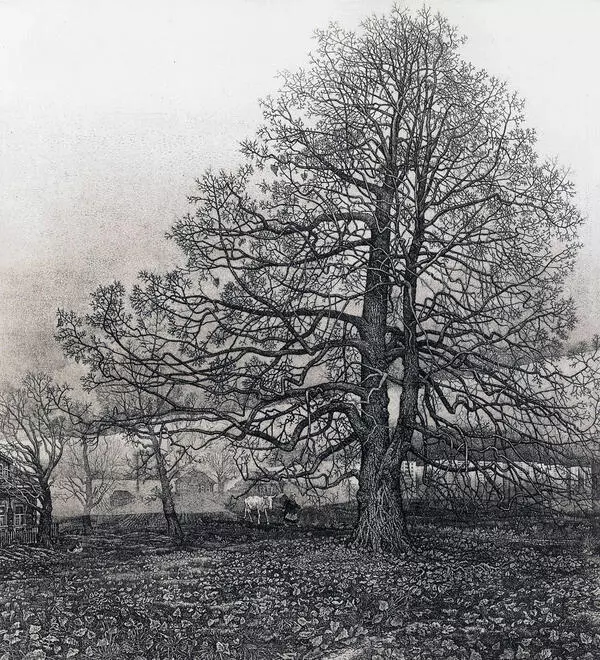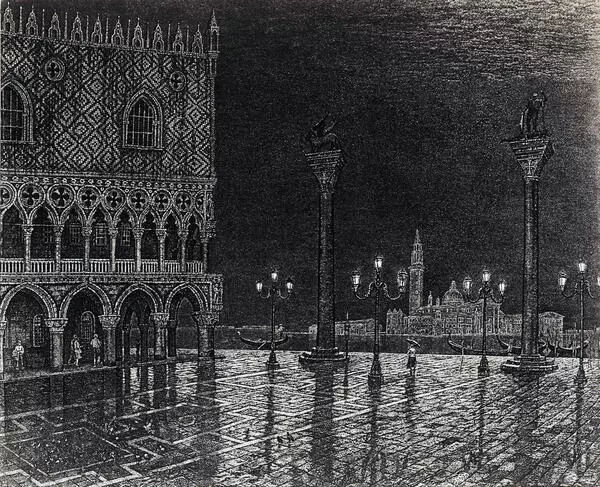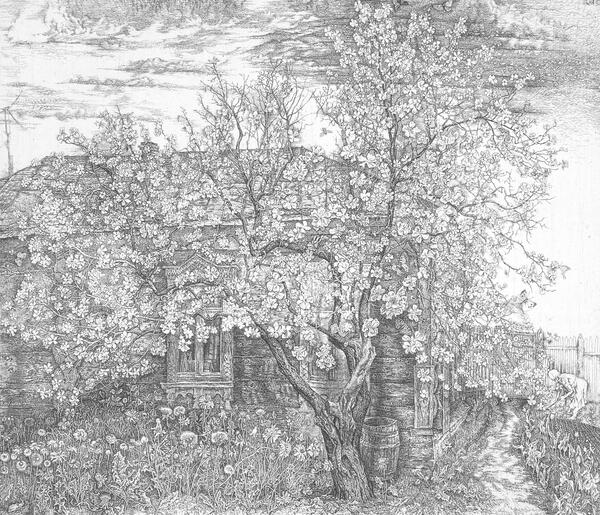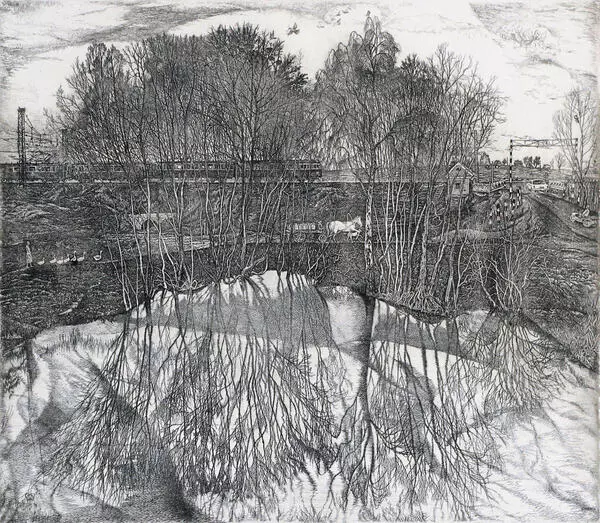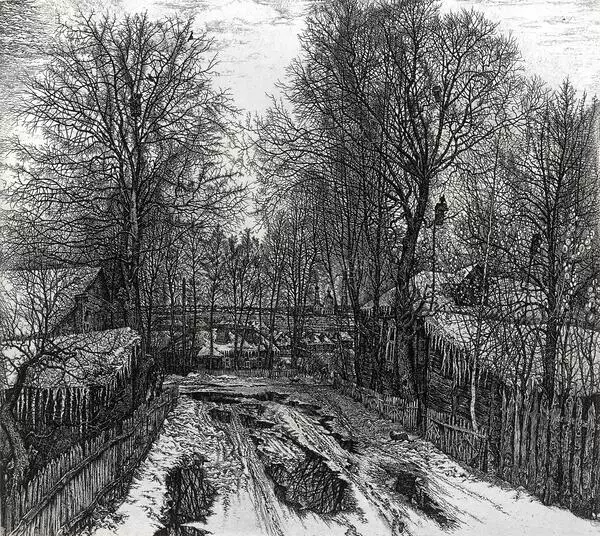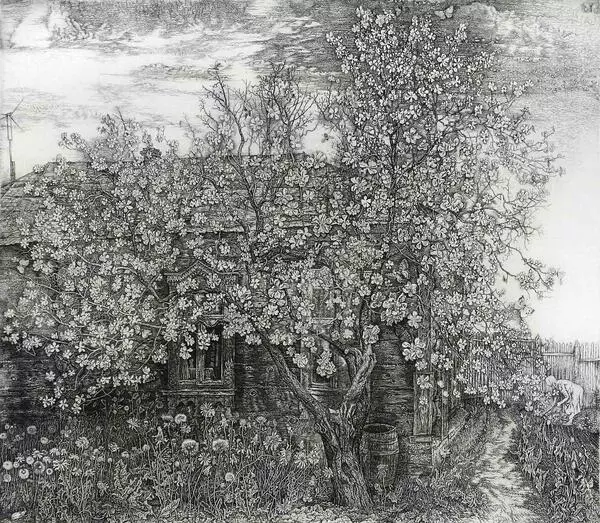Stanislav Mikhailovich Nikireev, after his Italian tour in the late 1970s, created a series of etchings with views of various places in that picturesque country. All of them were inspired by his impressions of the remarkable architecture and ancient cities.
Siena is famous for its main Piazza del Campo, but in the center of the etching is one of the small, narrow streets leading to this square. The artist emphasizes the dignity and particular beauty of the peripheral area of the central part of the city. A donkey in the center adds a certain lightness to the picture. The main dominant architectural feature of the town, the historic administrative building Palazzo Pubblico, is placed in the background. It now houses the Town Hall and a museum. In more recent times, most construction in Siena tended to take place outside the historic, medieval part of the city. Siena, unlike other major centers in Tuscany, therefore preserves more of what a medieval city with its narrow stone cobbled streets looked like.
The artist skillfully blends the old buildings, conveying the spirit and history of the city, with modernity. This is one of Nikireev’s frequent techniques — parallelism, through which he conveys historical continuity, without being opposed to technical progress. For example, in the background of the etching, at the end of an old street, one can see a silhouette of a modernly dressed man and cars trying to make their way into the historic center of the city.
Stanislav Mikhailovich created all the etchings of the Italian series on the basis of studies and sketches previously made from life. They were meant to fix the impression, the general pattern of the composition and the image, which later — in the process of working on the plate — were filled with details, preserved by the artist’s unique visual memory. The process of creating an etching on the basis of such working sketches was a complex artistic and technical process. The drawing was applied to a specially prepared plate in the opposite direction with a special etching needle. This was followed by a series of specific chemical procedures to preserve the graphic image. Later, paint was applied and an etching print was made.
Siena is famous for its main Piazza del Campo, but in the center of the etching is one of the small, narrow streets leading to this square. The artist emphasizes the dignity and particular beauty of the peripheral area of the central part of the city. A donkey in the center adds a certain lightness to the picture. The main dominant architectural feature of the town, the historic administrative building Palazzo Pubblico, is placed in the background. It now houses the Town Hall and a museum. In more recent times, most construction in Siena tended to take place outside the historic, medieval part of the city. Siena, unlike other major centers in Tuscany, therefore preserves more of what a medieval city with its narrow stone cobbled streets looked like.
The artist skillfully blends the old buildings, conveying the spirit and history of the city, with modernity. This is one of Nikireev’s frequent techniques — parallelism, through which he conveys historical continuity, without being opposed to technical progress. For example, in the background of the etching, at the end of an old street, one can see a silhouette of a modernly dressed man and cars trying to make their way into the historic center of the city.
Stanislav Mikhailovich created all the etchings of the Italian series on the basis of studies and sketches previously made from life. They were meant to fix the impression, the general pattern of the composition and the image, which later — in the process of working on the plate — were filled with details, preserved by the artist’s unique visual memory. The process of creating an etching on the basis of such working sketches was a complex artistic and technical process. The drawing was applied to a specially prepared plate in the opposite direction with a special etching needle. This was followed by a series of specific chemical procedures to preserve the graphic image. Later, paint was applied and an etching print was made.

